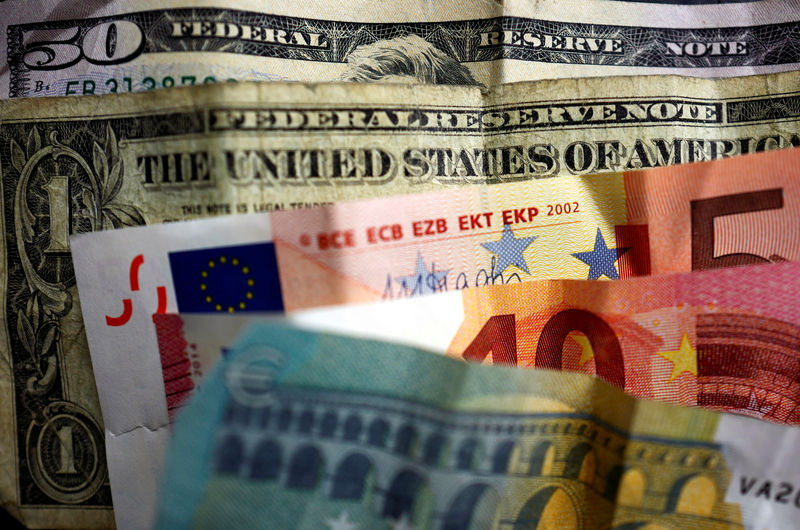- NZD/USD loses ground near 0.6340 in Tuesday’s early Asian session.
- Fed’s Powell said the central bank is not in a hurry to cut rates quickly, will be guided by data.
- The Chinese fresh stimulus measure might cap the downside for the Kiwi.
The NZD/USD pair trades on a softer note around 0.6340, snapping the three-day winning streak during the early Asian session on Tuesday. The modest rebound in the US Dollar (USD) after US Federal Reserve (Fed) Chair Jerome Powell’s speech weighs on the pair. Investors will keep an eye on the US September ISM Manufacturing Purchasing Managers Index (PMI), which is due on Tuesday.
Fed’s Powell on Monday signaled that additional rate cuts are in the pipeline, though their size and pace would depend on the evolution of the economy. Powell further stated that the Fed’s current goal is to support a largely healthy economy and job market, rather than rescue a struggling economy or prevent a recession.
Interest rate futures contracts have priced in a nearly 35.4% chance of a half-point cut in November, versus a 64.6% possibility of a quarter-point cut, according to the CME FedWatch Tool. The US September labor market data will be closely watched on Friday. The US economy is expected to see 140K job additions in September, while the Unemployment Rate is projected to remain unchanged at 4.2%.
On the Kiwi front, optimism over more stimulus from China might cap the downside of the New Zealand Dollar (NZD). China’s central bank stated that it would tell banks to lower mortgage rates for existing home loans before October 31, as part of sweeping policies to support the country’s beleaguered property market. This, in turn, acts as a tailwind for NZD/USD as China is the largest export partner of New Zealand.
New Zealand Dollar FAQs
The New Zealand Dollar (NZD), also known as the Kiwi, is a well-known traded currency among investors. Its value is broadly determined by the health of the New Zealand economy and the country’s central bank policy. Still, there are some unique particularities that also can make NZD move. The performance of the Chinese economy tends to move the Kiwi because China is New Zealand’s biggest trading partner. Bad news for the Chinese economy likely means less New Zealand exports to the country, hitting the economy and thus its currency. Another factor moving NZD is dairy prices as the dairy industry is New Zealand’s main export. High dairy prices boost export income, contributing positively to the economy and thus to the NZD.
The Reserve Bank of New Zealand (RBNZ) aims to achieve and maintain an inflation rate between 1% and 3% over the medium term, with a focus to keep it near the 2% mid-point. To this end, the bank sets an appropriate level of interest rates. When inflation is too high, the RBNZ will increase interest rates to cool the economy, but the move will also make bond yields higher, increasing investors’ appeal to invest in the country and thus boosting NZD. On the contrary, lower interest rates tend to weaken NZD. The so-called rate differential, or how rates in New Zealand are or are expected to be compared to the ones set by the US Federal Reserve, can also play a key role in moving the NZD/USD pair.
Macroeconomic data releases in New Zealand are key to assess the state of the economy and can impact the New Zealand Dollar’s (NZD) valuation. A strong economy, based on high economic growth, low unemployment and high confidence is good for NZD. High economic growth attracts foreign investment and may encourage the Reserve Bank of New Zealand to increase interest rates, if this economic strength comes together with elevated inflation. Conversely, if economic data is weak, NZD is likely to depreciate.
The New Zealand Dollar (NZD) tends to strengthen during risk-on periods, or when investors perceive that broader market risks are low and are optimistic about growth. This tends to lead to a more favorable outlook for commodities and so-called ‘commodity currencies’ such as the Kiwi. Conversely, NZD tends to weaken at times of market turbulence or economic uncertainty as investors tend to sell higher-risk assets and flee to the more-stable safe havens.













